Art History
0.0(0)
Card Sorting
1/101
Earn XP
Description and Tags
Study Analytics
Name | Mastery | Learn | Test | Matching | Spaced |
|---|
No study sessions yet.
102 Terms
1
New cards
clerestory a section of a building that rises above the aisles and allows light to enter
a section of a building that rises above the aisles and allows light to enter
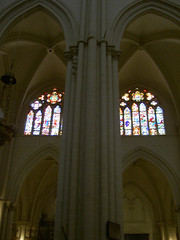
2
New cards
Karnak
Site of large temple complex
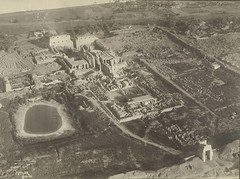
3
New cards
Tutankhamen
Pharaoh of Egypt around 1358 BC. His tomb was discovered almost intact by Howard Carter in 1922
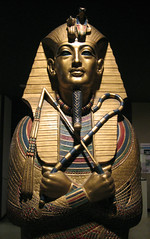
4
New cards
Hatshepsut
female who ruled as Queen of Egypt (1473-1458 B.C.E.).
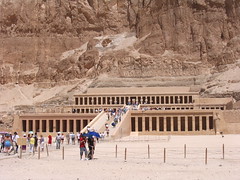
5
New cards
Re
Egyptian sun god worshiped at Karnak

6
New cards
Mastaba
an ancient Egyptian mudbrick tomb with a rectangular base and sloping sides and flat roof
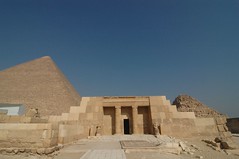
7
New cards
Osiris
Egyptian god of the underworld and judge of the dead
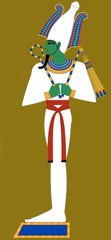
8
New cards
Cromlech
A monument of megaliths arranged in a circle also called a henge
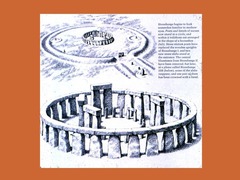
9
New cards
Heel Stone
stone marking summer solstice
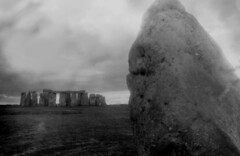
10
New cards
Catal Huyuk
First Urban city in Anatolia, Turkey. Ladders to houses, no streets - Neolithic Era in 6500 to 5500 BC
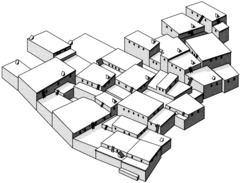
11
New cards
Stonehenge
Neolithic a prehistoric monument in Wiltshire, England, consisting of a large circle of megaliths surrounding a smaller circle and four massive trilithons(3 stone construction); dating to late Neolithic and early Bronze Age. ca. 2100 BC

12
New cards
Trilithon
a pair of monoliths topped with a lintel

13
New cards
Jericho
Oldest Neolithic community in the West Bank between Israel and Jordan
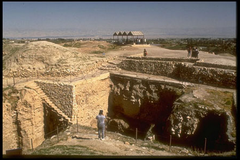
14
New cards
In the round
freestanding object 360* view
15
New cards
Mesolithic Middle Stone Age
ca. 7000 B.C.E. in Europe
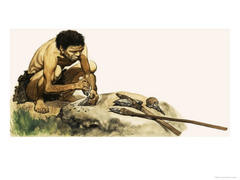
16
New cards
Neolithic New Stone Age
ca. 8000 B.C.E. in East, ca. 4000 B.C.E. in Europe
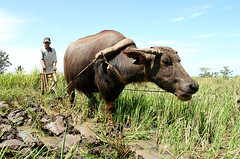
17
New cards
Paleolithic Stone Age
ca. 30,000-10,000 B.C.E.

18
New cards
Lintel
Beam used to span an opening
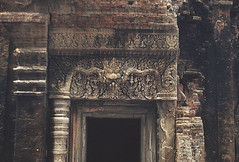
19
New cards
Twisted Perspective
Used by Paleolithic painters to represent a more comprehensive view of an animal

20
New cards
Dolmen
Several large stones capped with a covering slab

21
New cards
Stele
stone monument with relief carving
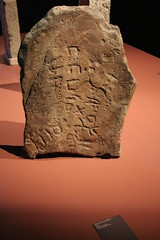
22
New cards
Tigris River
Mesopotamian river
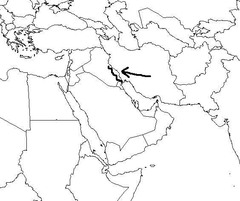
23
New cards
Standard of Ur
Sumerian inlaid panel 2600 BCE. One side is Peace one is war
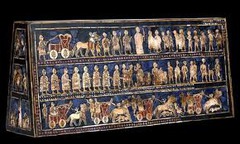
24
New cards
Ishtar Gate
Babylonian monument that uses the arch and glazed tiles
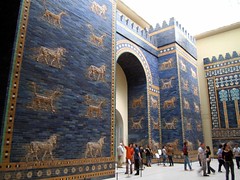
25
New cards
Shapur I
Sasanian king

26
New cards
Ur
An ancient city of Sumer located on a former channel of the Euphrates Riversite of ziggurat
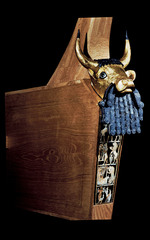
27
New cards
Ziggurat
multitiered structure thought to have served as a temple platform
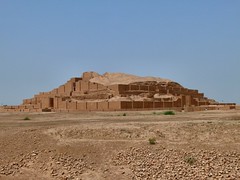
28
New cards
Iwan
a brick audience hall covered by a barrel vault
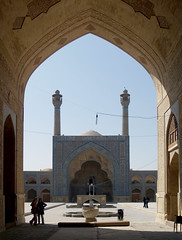
29
New cards
Megaron
rectangular reception hall with columnar facade vestibule
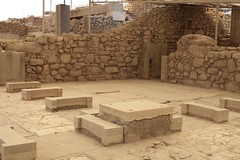
30
New cards
Tholos
A type of tomb in Mycenaean architecture with a bee-hive shaped circular plan, also called a bee-hive tomb (Treasury of Atreus)
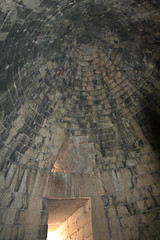
31
New cards
Cyclades
Group of islands in Aegean Sea
32
New cards
Cyclopean wall
constructed of gigantic irregular blocks
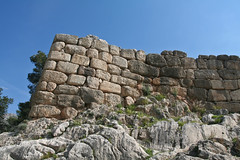
33
New cards
Aegean sea
between Greece and Asia Minor
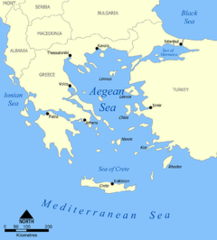
34
New cards
Krater
bowl for mixing wine and water
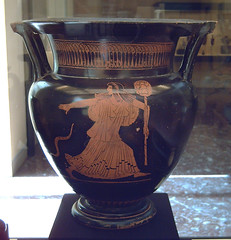
35
New cards
Citadel
Fortress that commands a city
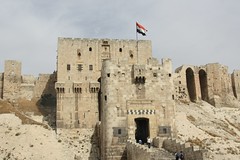
36
New cards
Knossos
Minoan capital city

37
New cards
Relieving triangle
an area above a lintel designed to lighten the load
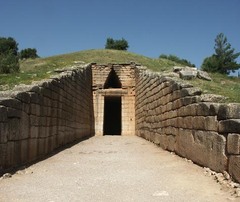
38
New cards
Repousse'
metalworking technique "beaten from behind"
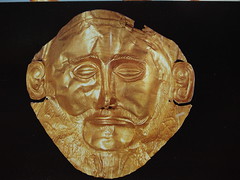
39
New cards
Corbeled vault
Constructed of overlapping stone courses T
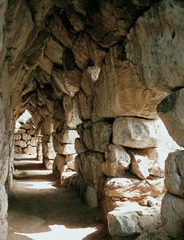
40
New cards
pylon
monumental entrance of an Egyptian temple
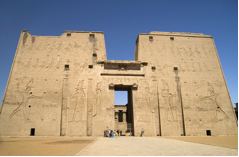
41
New cards
venus of willendorf
Statue ca. 28,000 BCE - Fertility Image

42
New cards
Lascaux
A cave in southwestern France that contains Paleolithic painting

43
New cards
ziggurat
a huge mud-brick temple built by the ancient Sumerians
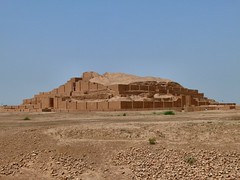
44
New cards
Warka Vase
Sumerian, Uruk, first narrative relief sculpture, registers

45
New cards
Stylized
using artistic forms and conventions to create effects
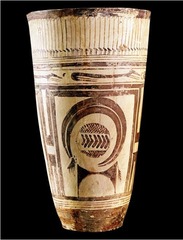
46
New cards
Lion Gate
Anatolia (Turkey), limestone. ca. 1400 BCE. 7 foot tall lions guarded the main gateway at Boghazkoy.
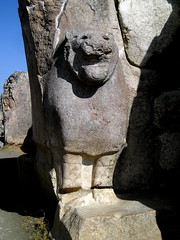
47
New cards
Sargon II
Assyrian, Ruled 721-05. Founds new capital in Dur-Sharrukin "Fortress of Sargon." , captured the Northern Kingdom of Israel when Samaria fell in 722 BC
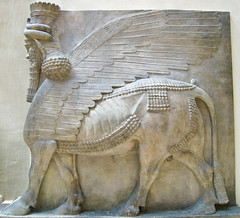
48
New cards
Shapur I
Barrel Vault

49
New cards
Shapur II
Repousse'
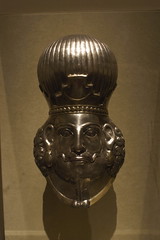
50
New cards
Stepped Pyramid of Djoser
Old kingdom, built by Imhotep ca. 2,600
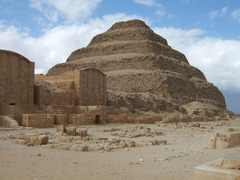
51
New cards
Tholos
beehive tomb - corbeled arch over doorway
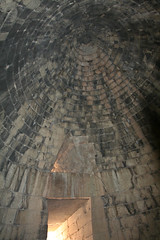
52
New cards
Krater
an ancient Greek wide-mouthed bowl for mixing wine and water
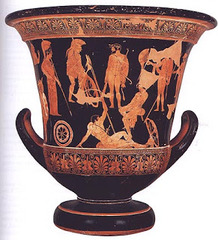
53
New cards
Kouros
statue of male youth ca. 600 BC, marble
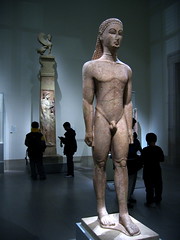
54
New cards
Frieze
any scupltured or painted band in a building
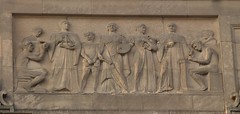
55
New cards
Hellenistic
relating to or characteristic of the classical Greek civiliHzation
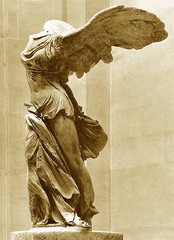
56
New cards
Paleolithic
30,000-8000 BCE. Old Stone
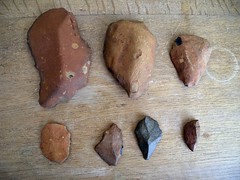
57
New cards
Neolithic
8000-3500 BCE. New Stone
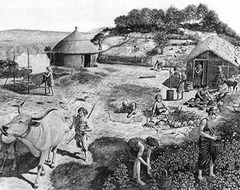
58
New cards
Old Kingdom
2600-2100 BCE. - Pyramids - Sphynx
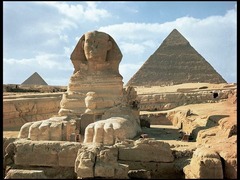
59
New cards
New Kingdom
1550-1070 BCE.

60
New cards
Minoan
1700-1400 BCE.
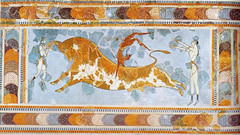
61
New cards
Mycenaean
1500-1200 BCE.
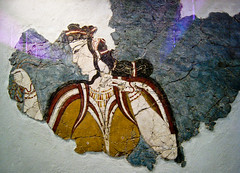
62
New cards
Geometric
900-700 BCE.

63
New cards
Post and lintel
a system of construction in which two posts support a lintel (beam) going across them.

64
New cards
Groundline
in paintings and reliefs, a painted or carved baseline on which figures appear to stand

65
New cards
Cuneiform
a system of writing used in ancient Mesootamia, in which wedge-shaped characters were produced b pressing a stylus into a soft clay tablet, which was then baked or otherwise hardened

66
New cards
register
one of a series of superimposed bands or friezes in a pictorial narrative, or the particular levels on which motifs are placed
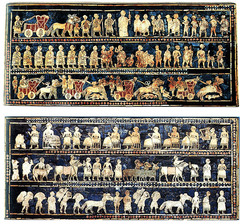
67
New cards
fertile crescent
a region of the MIddle East arching across the norther part of the Syrian Desert and extending from the Nile Valley to the Tigris and Euphrates rivers.
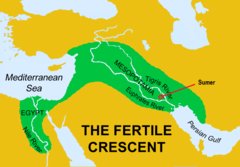
68
New cards
ashlar
masonry carefully cut and regularly shaped blocks of stone used in construction, fitted together w/o mortar.
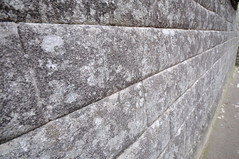
69
New cards
mastaba
ancient egypt rectangular brick structure with sloping sides erecting over a subterranean tomb chamber
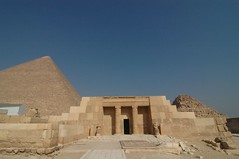
70
New cards
necropolis
'city of the dead' a large burial area or cemetary
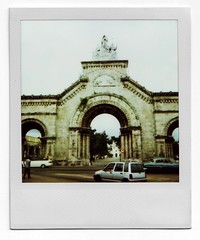
71
New cards
beehive tomb
a type of subterranean tomb of the Mycenaean civilization consisting of a domed chamber entered by a passage through a hillside
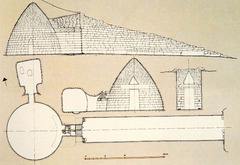
72
New cards
terracotta
hard baked clay, used for sculpture and as a building material; may be glazed or painted
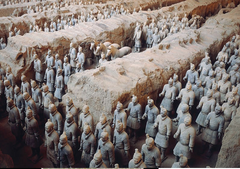
73
New cards
cycladic figures
once-painted marble figures created in the cyclades (islands off of greece) revered for their modern simplicity. Were buried with the dead.
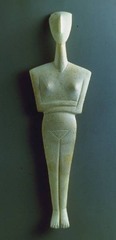
74
New cards
kamares ware
vases fashioned on potters wheel that usually depict some natural element in harmony with the shape of the vessel. Named for the cave on the slope of Mount Ida where they were first discovered. (octopus Jar)
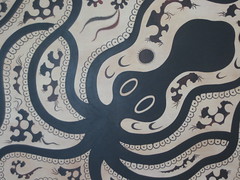
75
New cards
Ramses II
one of Egypt's greatest kings who ruled for over 60 years, conquered vast territories, and fathered over 100 children

76
New cards
Corbeled Gallery
Stones piled in horizontal courses and then cantilevered inward until the two walls meet in a pointed arch
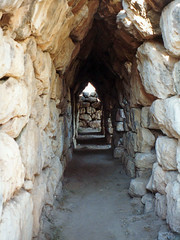
77
New cards
Mantiklos Apollo
Greek god of light - Geometric Period, 700-680 B.C.E.
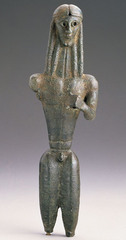
78
New cards
Mesopotamia
Land Between two rivers, the land between the Tigris and Euphrates

79
New cards
Cro-Magnon
c. 45,000-10,000 BCE.
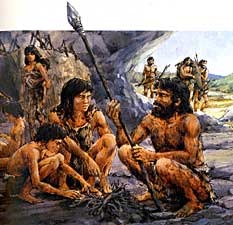
80
New cards
Mural
Wall Painting

81
New cards
Sarcophagus
Outer Stone Coffin
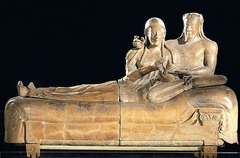
82
New cards
Pylons
monumental entrance into an egyptian temple
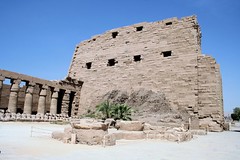
83
New cards
Orientalizing
Influence from the East - Emphasis on Animals
84
New cards
Lady of Auxerre
Rare image of woman c. 650 BCE.

85
New cards
Calf Bearer
Muscular statue showing activity/normal life

86
New cards
Acropolis
high city
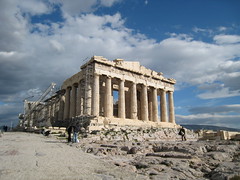
87
New cards
Demi-God
Human and God Parents
88
New cards
Palace of Knossos
1,700- 1,400 BCE. King Minos, Reconstructed - Red and black columns
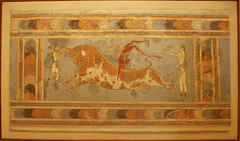
89
New cards
Bust of Nefertiti
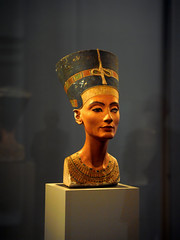
90
New cards
Rock Cut Tombs
Living Rock- Man made caves

91
New cards
Kufu
Largest Pyramid

92
New cards
Hammurabi
1792-1750 B.C.E. King of the Babylonian empire; creator of the Code of Hammurabi, one of the world's oldest codes of law.
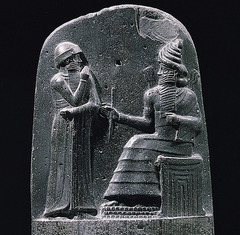
93
New cards
Sumer
A group of 12 ancient city-states in southern Mesopotamia; the earliest civilization in Mesopotamia
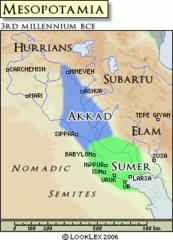
94
New cards
White horses

95
New cards
Amphora
an ancient jar with two handles and a narrow neck
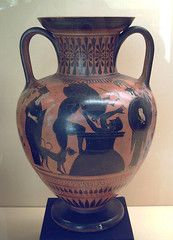
96
New cards
Polis
Greek city-state
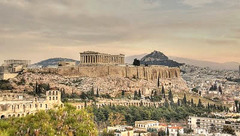
97
New cards
Reserve Column
Column with no weight bearing function
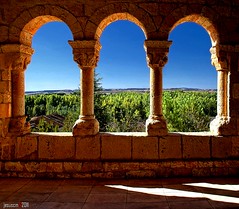
98
New cards
David Roberts
Famous artist who captured image of 19th century Egypt
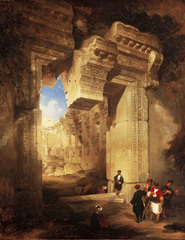
99
New cards
Cylinder Seals
Sumer's most famous works of art; they were stone cylinders engraved with designs that when rolled over clay, the designs would leave behind their imprint and each seal left its own distinct imprint showing a person's ownership; it was a way to "sign" documents or decorate other objects
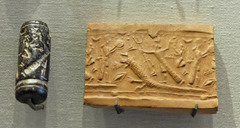
100
New cards
Hued
"Hollowed out"